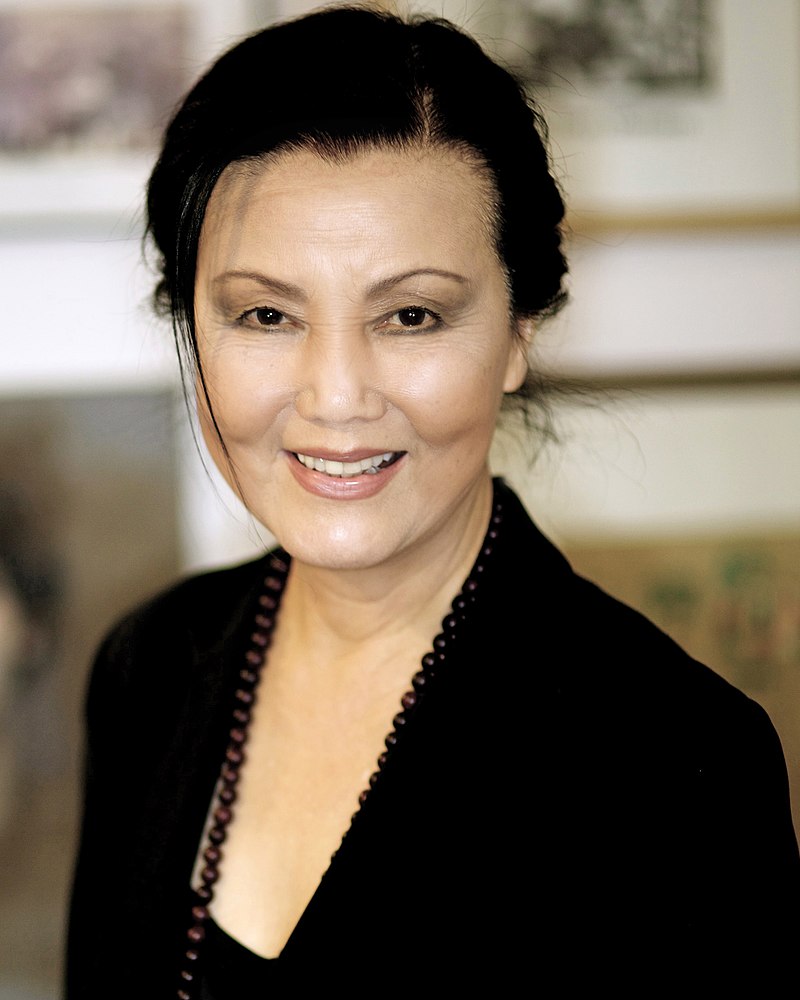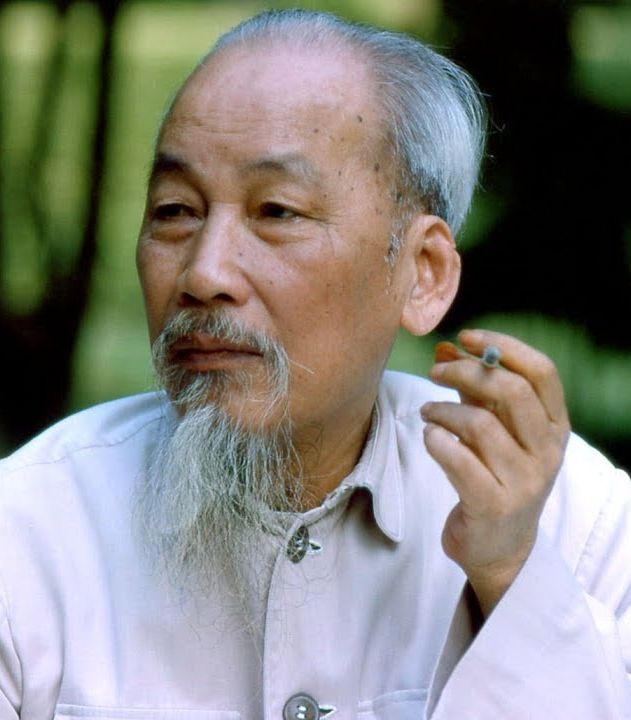Name Structure
In Vietnam, the typical personal name structure consists of three main parts: the family name (surname), the middle name, and the given name. Unlike in Western cultures where the given name usually precedes the surname, in Vietnamese names, the family name comes first, followed by the middle name and then the given name.
Name Format / Sequence
Family Name | Middle Name | Given Name
Names in Vietnam consist of a surname (family name) followed by a middle name and a given name.
Examples:
- Nguyễn Tan Dung, eighth Prime Minister of Vietnam (male)
- Nguyễn Thị Hường, Olympic swimmer from Vietnam (female)
- Lê Đức Thọ, Vietnamese revolutionary, diplomat, and politician (male)
- Le Dung, Vietnamese opera singer (male)
- Nguyễn Thị Minh Khai, Indochinese Communist Party leader (female)
- Nguyễn Sinh Côn, Vietnamese Communist revolutionary leader known as Hồ Chí Minh (male)
- Nguyễn Thị Chinh, actress and producer (female)
Family Name
Family names (surnames) in Vietnam are patrilineal, passed down to children from their fathers. There are only about 100 surnames traditionally used in Vietnam. Traditional Vietnamese surnames are derived from the Chinese language.
The most common Vietnamese surname, Nguyễn, is held by nearly 40 percent of the population; it references a region in China. Tran and Ly are the second- and third-most common Vietnamese surnames.
While the majority of Vietnamese families only use a single patrilineal surname, a minority use dual surnames, joined by a hyphen and doubly capitalized (e.g., Au-Duong, Ha-Duong, Nguyễn-Ha); these are inherited by members of the family but are sometimes limited to just the male or female line. The second of the two names may reference a maternal family name.
Examples:
- Nguyễn
- Phạm
- Bành
- Bùi
- Huỳnh/Hoàng
- Ngô
- Thi
- Ly
Middle Name
Most, but not all, Vietnamese people have a middle name. It is also possible to have more than one, but this is not common. Vietnamese middle names generally indicate information about the person's identity. Middle names may indicate generations of a family, branches of a family, or birth order within a family. The most common middle names in Vietnam, Van (male) and Thị (female), express hopes that the bearer may become a scholar, if male, or a mother, if female, and are used to convey gender.
Vietnamese people may choose to change their middle name during their lives, often to attain a more poetic combination with their given name. For example, a man named Huynh Van Chau might change his middle name from Van to Minh (bright), giving his new full name, Huynh Minh Chau, the poetic meaning “Huynh the Bright Gem.” Examples of poetic meaning in women's compound names are Thanh Thuy (clear water) and Xuan Hoa (spring flower). Vietnamese women are particularly likely to change their middle name for aesthetic reasons.
Given Name
Vietnamese children are given a personal name by their parents. Some are given two names. A given name is usually linguistically significant, with a literal meaning; names for boys often invoke positive attributes, such as Hùng (strong), Dung (brave), and Manh (successful); names for girls often reference beauty or nature, such as Mai (cherry blossom). While certain types of names are more likely to be given to male or female children, most Vietnamese given names are effectively unisex and can be used by men or women. Vietnamese children are not usually named for parents or older relatives.
Vietnamese given names may also indicate birth order. Traditions around this practice vary somewhat between North and South Vietnam; in the north, children named sequentially begin with Ca (eldest), Hai (two), and Ba (three). In South Vietnam, the count begins one number later: the firstborn child is named Hai, and the second Ba.
Examples:
- Dung (male)
- Hùng (male)
- Manh (male)
- Phuc (male)
- Giang (female)
- Huong (female)
- Lan (female)
- Mai (female)
Married / Maiden Name
Women do not change their family name after marriage in Vietnam. However, sometimes Vietnamese families will add the mother's family name to full names, placing it after the patrilineal surname, where it functions as a middle name. Only the patrilineal surname is passed to the following generation.
Forms of Address / Honorifics / Titles
Polite address in Vietnam is formed by adding the appropriate courtesy pronoun to the first or given name. Among Vietnamese courtesy pronouns are ông (for men), bà (for women), cô (for younger women), anh (for older men), chị (for older women), and cụ (for an elder). Vietnamese people are nearly always referred to by first or given names, more rarely by full names, and almost never by family name alone.
Examples:
- ông Tomita (Mr. Tomita)
- bà Lee (Mrs. Lee)
- chị Thảo (Ms. Thảo)
- cô Thảo (Ms. Thảo)
- anh Vũ (Mr. Vũ)
- cụ Vũ (Mr. Vũ)
Article written for World Trade Press by Carina Saxon.
Copyright © 1993–2025 World Trade Press. All rights reserved.

 Vietnam
Vietnam 

